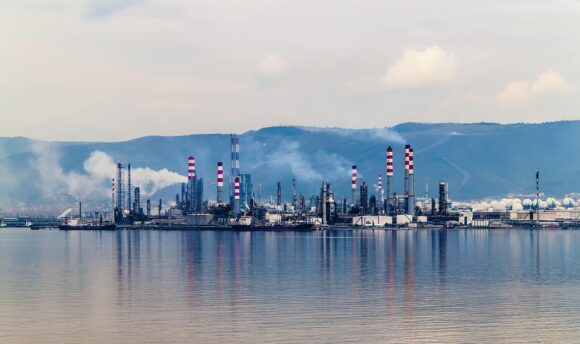Some places – think of China’s Great Wall, Egypt’s pyramids, the Grand Canyon and the Great Barrier Reef – are of such outstanding universal value that they have been recognised as World Heritage Sites. Under a UN convention, host governments commit to protect these sites for present and future generations while they derive some economic and environmental benefits from their protected status.
Sadly, almost half of the 229 World Heritage Sites which have been recognised for their environmental (or their environmental and cultural) value are currently threatened by extractive industries, dam building, war and other factors. As the following examples demonstrate, the coal industry is one of the drivers which threaten to destroy our universal global heritage:
- The proposed Rampal power plant at the coast of Bangladesh would imperil the Sundarbans, the world’s largest mangrove forest and an extremely rich wildlife refuge.
- A proposed power plant on Kenya’s Lamu Island threatens the island’s Old Town, the oldest and best preserved Swahili settlement in East Africa.
- The Adani company’s proposed Carmichael coal mine in Australia would export millions of tons of coal through the Great Barrier Reef, which is already suffering from severe climate-induced bleaching, every year.
Under the guidance of UNESCO, UNEP, the Principles for Sustainable Insurance and WWF, a group of insurance companies have now signed a commitment to protect World Heritage Sites. Under the new commitment, the insurers agree, among other things,
- To develop and implement risk management, insurance and investment principles, policies, frameworks, guidelines and processes that prevent or reduce the risk of insuring and investing in companies or projects whose activities could damage World Heritage Sites, whenever possible; and
- To protect World Heritage Sites through risk management services, insurance products and investments.
In addition to a number of small and medium-sized companies, Swiss Re is the only leading global insurer which has so far signed on to the commitment. Can we expect other prominent insurers to get behind the initiative as well?
The commitment is remarkably comprehensive in that it covers underwriting as well as investments, insurance support for projects as well as companies. Unfortunately it is severely weakened through clauses such as “whenever possible”. Even so, the involvement of two UN organisations lends the declaration credibility as a new standard which insurers are expected to fulfil. It also confirms the growing expectation that insurers take responsibility for the impacts of the projects which they underwrite.



